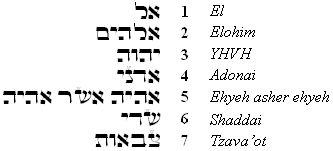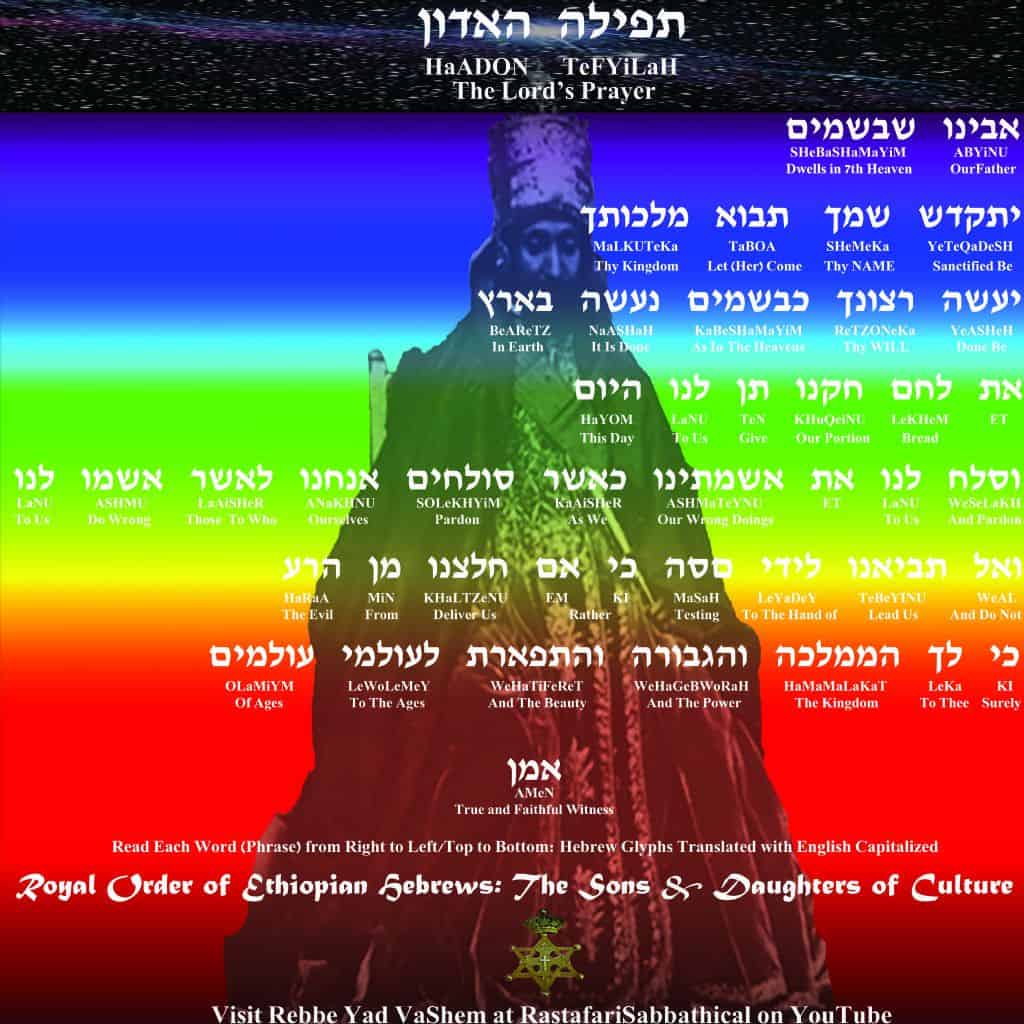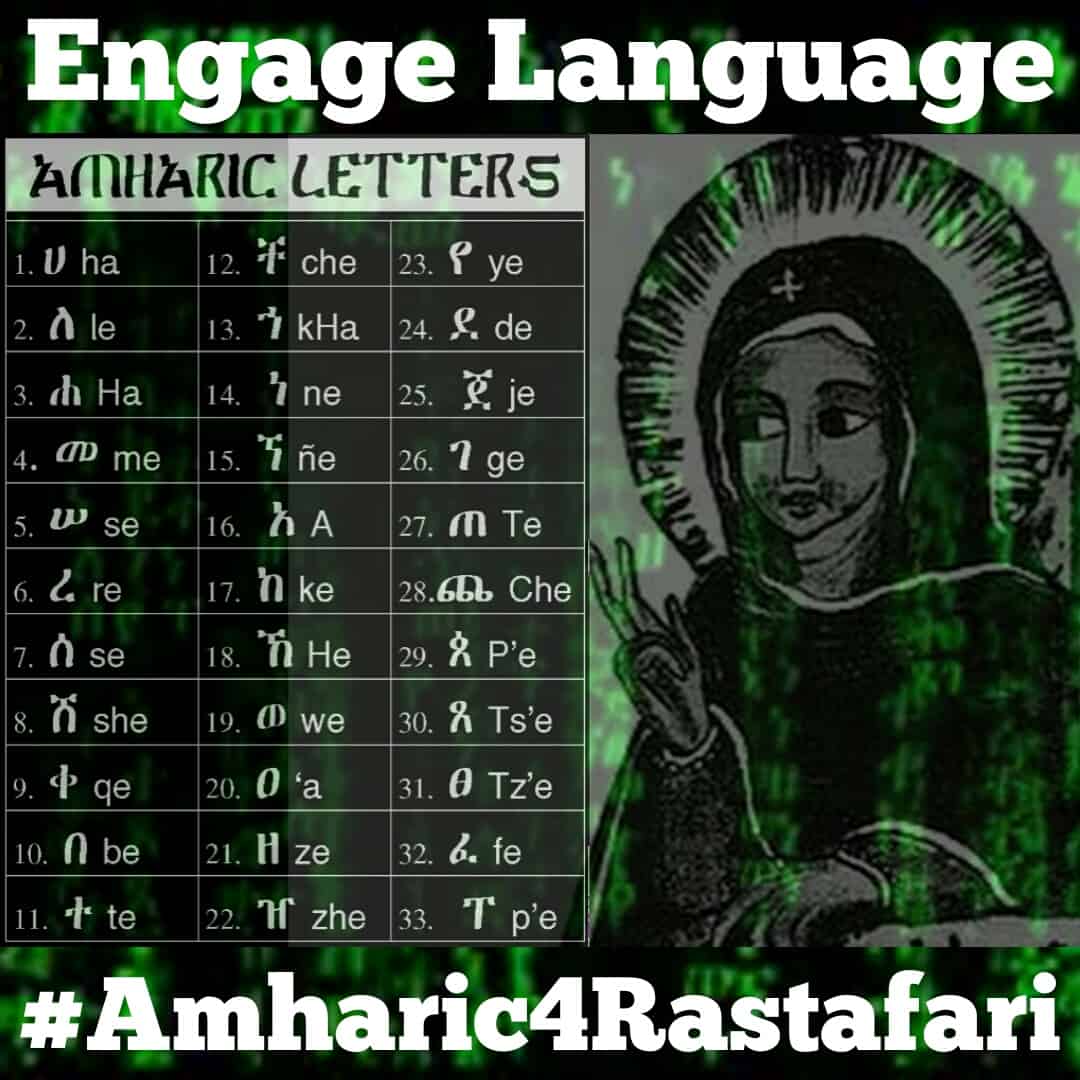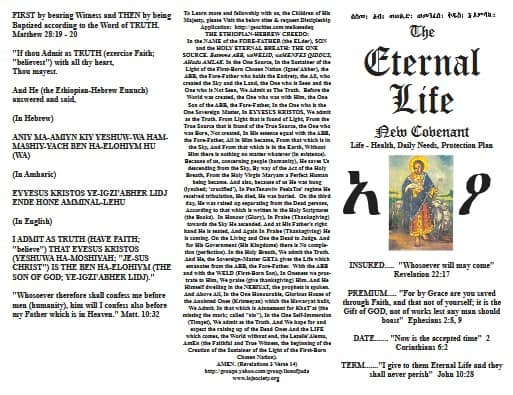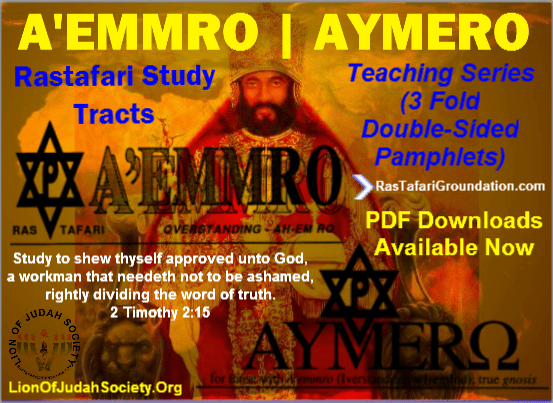Hebrew Names of God
Shemot Ha-Elohim
Almighty God graciously chose to reveal His Name (i.e., His character and presence by means of His acts and deeds) to the world through the Jewish people. Through the ancient Hebrew Patriarchs, through the great deliverance God effected by means of His servant Moses, through the eloquent oracles and admonitions of the Hebrew prophets, and most especially through the manifestation of the Mashiach Yeshua: in all these ways God has revealed His Name. In fact, the Scriptures make it clear that the name of Yeshua is so vital to our correct apprehension of reality that without it we are literally lost, since we are told "there is no other name by means of which it is necessary for us to be saved" (Acts 4:12).

Introduction to the Hebrew Names for God
About writing the Names of God
Divine Names Theology?
Hebrew Tattoos?
Names Revealed in the Tanakh
Of the various Names of God found in the Tanakh, the one which occurs most frequently (6,823 times) is the Tetragrammaton, YHVH, though the other Names are significant and provide additional light on the nature and character of God.
|
|
|
Names Revealed in the Brit Chadashah
The extant manuscripts of the Brit Chadashah are written in Koine Greek, though undoubtedly the Hebraic mindset permeates the writings, since all of its authors were first century Torah-observant Jews who were intimately acquainted with the Tanakh (as was the Mashiach Yeshua, of course). External evidence that Matthew originally wrote his Gospel in Hebrew reaches as far back as Papias of Hierapolis, of the second century CE. Eusebius quoted Papias: "Matthew collected the oracles in the Hebrew language" (The Ecclesiastical History, III, XXXIX, 16). This is corroborated later in the Babylonian Talmud (Shabbat 116a), the Jerusalem Talmud (Shabbat 15c), as well as the Tosefta (Shabbat 13:5), where debate rages concerning the destruction of the scrolls of the Brit Chadashah: Should they be burned since they contain the divine Name (i.e., YHVH)? This debate clearly documents that the gospel was extant in Hebrew in early church history.
By correlating direct and indirect quotations of the Tanakh (and LXX) as well as by contextualizing the Greek constructions into their Hebrew counterparts, translators of the New Testament into Hebrew (such as F. Delitzsch, Salkinson and Ginsburg) are able to infer Hebrew equivalents. In some cases this is straightforward: the Title "First and the Last" occurs both in the Tanakh and in the Brit Chadashah. In other cases, however, contextualization is the key: the word Theos (1,000 times), Kurios (600 times), Christ (555 times), and so on, all derive their meaning from the overarching context of Jewish history, culture and collective hermeneutic.
|
|
|
How did we get the name "Jesus"?
Using the Name in Vain
Telling God your name...
Sacred Name Theology?
"Jesus" (Ιησους) in the Codex Sinaticus
Trusting God's Heart...
Note: This page was sourced from Hebrew4Christians.com and tweaked by RastafariGroundation.org. Many of the pages linked from here include hundreds of graphics and sound files, so they may load slowly, based on your internet connection speed. Please be patient and allow the pages to download all the required files.


